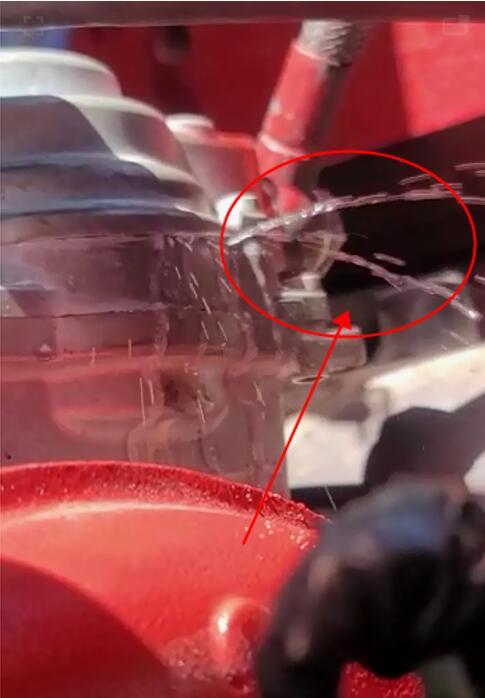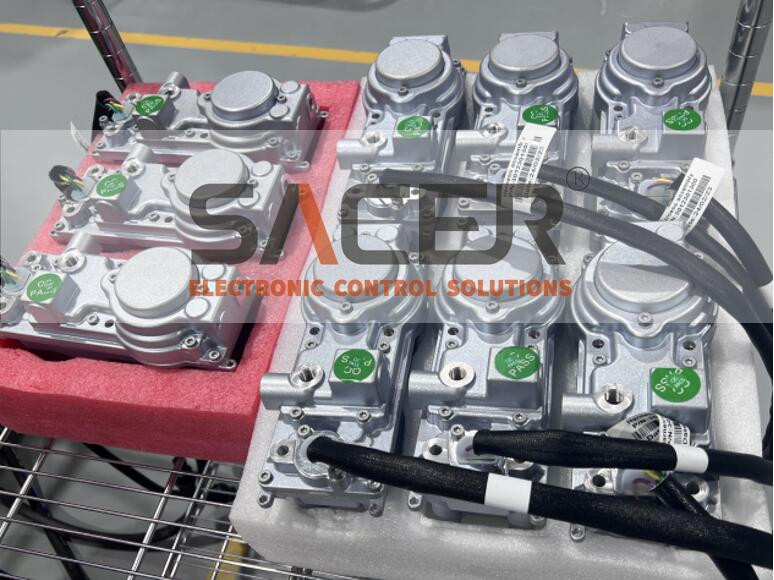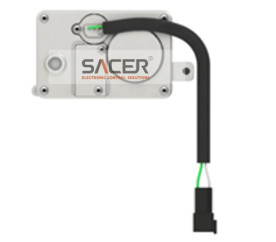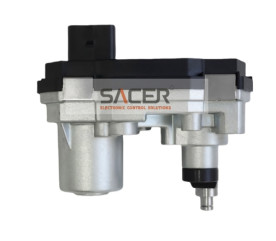As we all known that actuators often encounter the common problem of leakage. This issue arises due to environmental factors and design flaw and can lead to significant damage to the actuators. In order to address this challenge, SACER has developed a comprehensive solution that focuses on both design and process management aspects. This article will delve into the causes of leakage, the damages it can cause, and SACER's approach to fundamentally eliminate leakage through meticulous design considerations and rigorous testing and verification procedures.
Actuator leakage is primarily attributed to environmental factors such as moisture, dust, temperature variations, and mechanical stress. These elements can lead to degradation of sealing materials, corrosion of components, and weakened structural integrity, ultimately resulting in leakage. This can lead to several detrimental consequences. Firstly, it compromises the efficiency and reliability of the actuator's performance, leading to reduced functionality. Additionally, it can result in increased energy consumption, higher maintenance costs, and even potential system failures or accidents. Therefore, addressing leakage issues is crucial for ensuring the longevity and optimal operation of actuators.

To tackle leakage problems, SACER adopts a comprehensive strategy that encompasses both design considerations and rigorous testing and verification procedures.
Design Considerations:
SACER emphasizes the following design aspects to mitigate leakage issues:
- a) Sealing Materials: Careful selection of high-quality sealing materials that are resistant to environmental factors, such as moisture, dust, and temperature variations.
- b) Robust Construction: Ensuring a robust and sturdy construction that can withstand mechanical stress and pressure differentials, minimizing the risk of leakage.
- c) Integrated Sealing Mechanisms: Incorporating innovative sealing mechanisms, such as gaskets, O-rings, or specialized coatings, to provide enhanced sealing performance and prevent leakage.
Testing and Verification:
SACER employs a stringent testing and verification process to ensure 100% leakage-free actuators before they leave the factory. This process involves:

- a) Meticulous Testing during development: Following meticulous testing protocols that subject the actuators to various environmental conditions, pressure differentials, and stress tests to verify their sealing integrity.
- b) Leakage Testing Equipment: Utilizing advanced testing equipment specifically designed to detect and measure leaks accurately.

Actuator leakage is a common challenge that can significantly impact their performance and longevity. However, SACER's comprehensive approach, focusing on meticulous design considerations and rigorous testing and verification procedures, offers a fundamental solution to address this issue. By incorporating high-quality sealing materials, robust construction, and thorough testing protocols, SACER ensures that their actuators are leak-free, providing customers with reliable and durable products that meet their operational requirements.
Click here to view our product details:https://www.sacer.com.cn/turbo-actuator/holset-vgt-actuators/he400-500vg-turbo-actuator.html
If you have any other question about the actuator, you are welcome to contact us.










